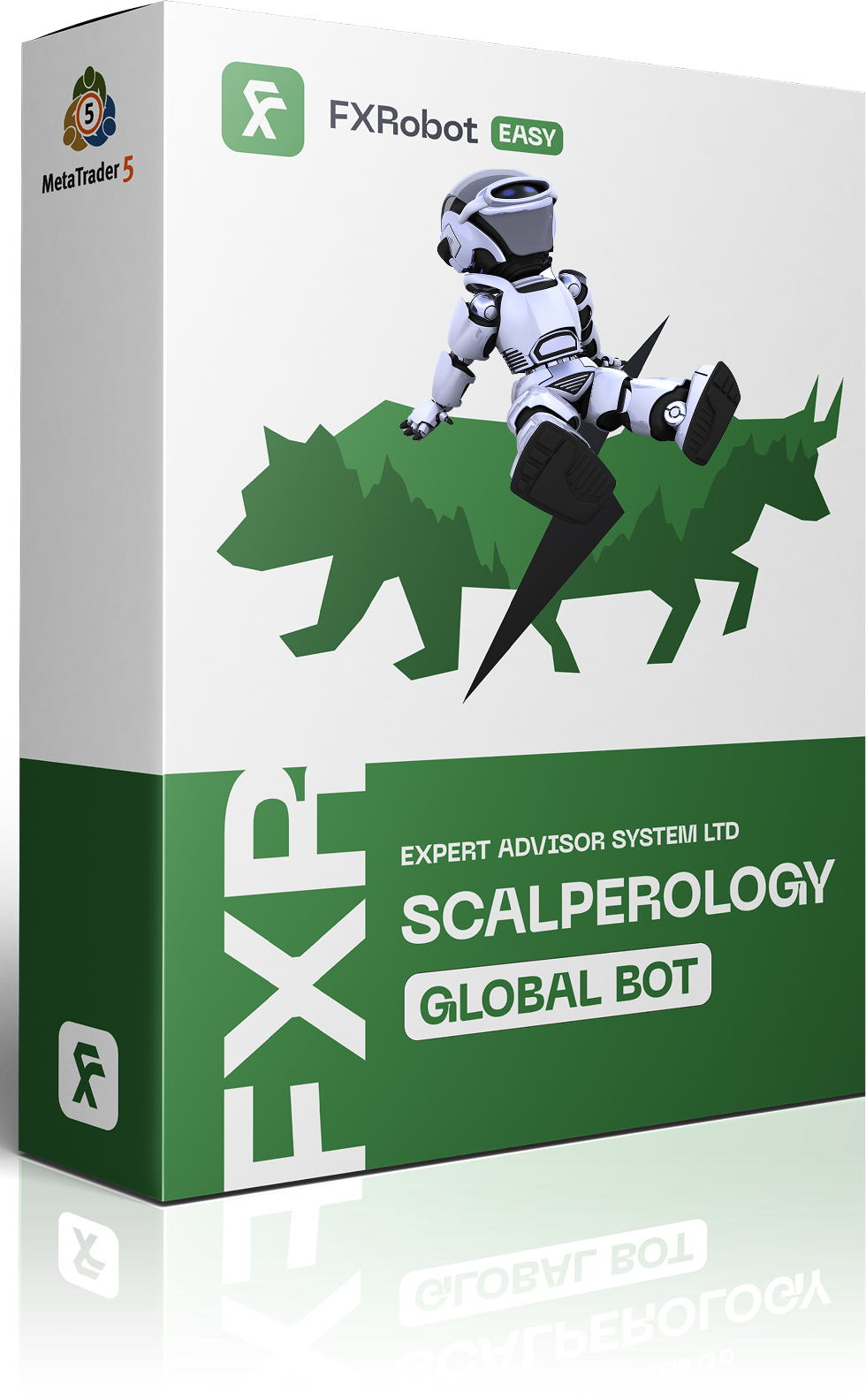At this time, purchasing EASY Bot items is not available to all members. Read more - how to get access to purchase
Investment Strategy
Understanding Investment Strategy
Types of Investment Strategies
Risk Management
Automated Trading Strategies
Customization and Flexibility
Expert Tools and Indicators
| Symbol | Price | Today Forecast | Week Forecast | Month Forecast | Year Forecast |
|---|
Improve your Trading
 Subscribe Telegram
Subscribe Telegram
Learn the secrets of successful trading: Get favorable offers for automatic trading algorithms and increase your chances in the market!


